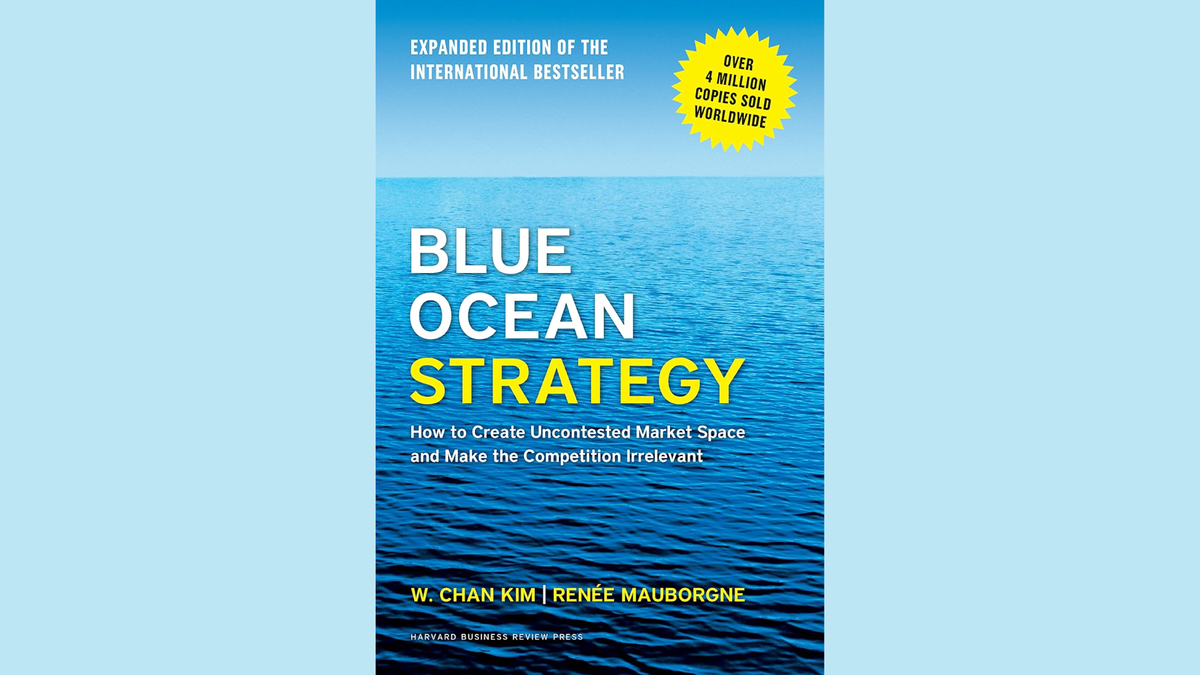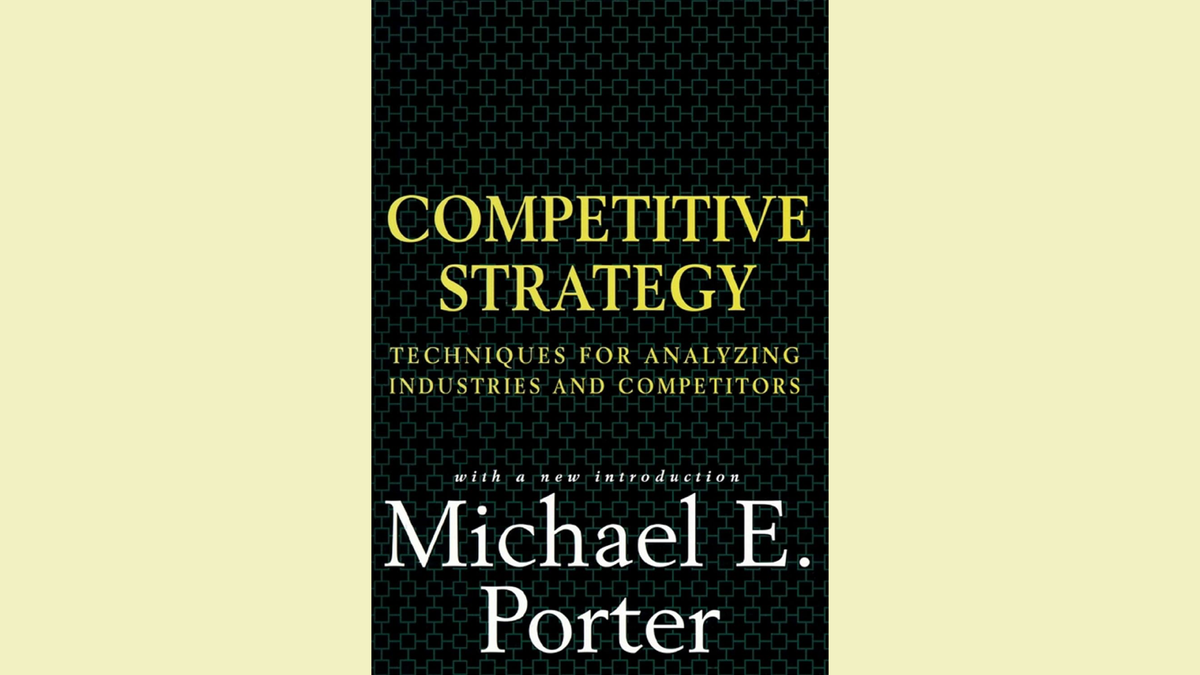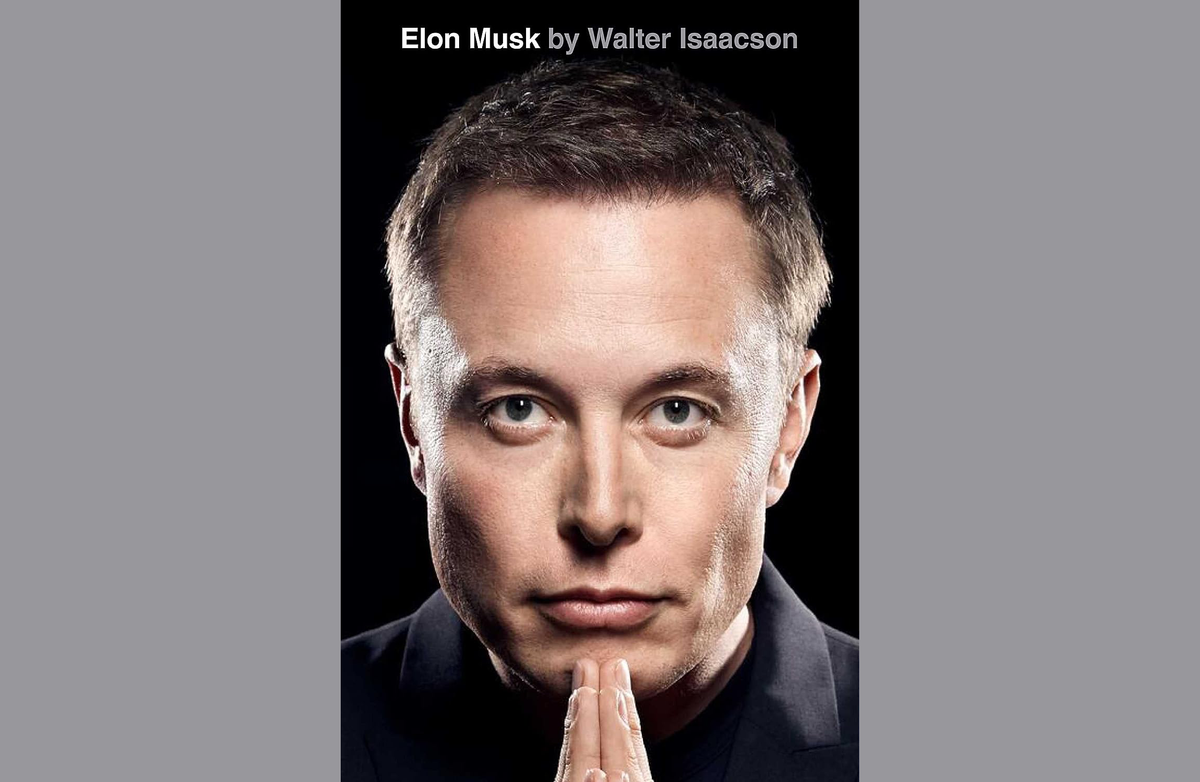Top Proven Ways To Launch A Business That Beats Competition
Want to launch a business that actually wins? Learn how to create an uncontested market with Blue Ocean Strategy, then scale with Porter’s Competitive Strategy. Discover the proven framework that industry leaders like Tesla and Apple use to dominate.

I’ve launched, scaled, and advised more businesses than I can count. Some were wild successes, and some were painful lessons, but through it all, I’ve learned that you don’t win by playing the same game as everyone else.
Most startups fail because they enter a crowded market, thinking they’ll “just do it better.” But “better” isn’t enough. Don't expect anyone to care if your product isn’t at least 50% cheaper, faster, or better. People are wired to stick with what they know—status quo bias—and unless your offer is dramatically better, they’ll stay put.
I’ve found the best way to launch and scale a business that wins is by using two classic strategies:
- Start with Blue Ocean Strategy – Create a category without direct competition.
- Move into Porter’s Competitive Strategy – Dominate by choosing a clear advantage: lowest cost, most unique, or most specialized.
Let’s break this down.

Step 1: Creating a Market with a Blue Ocean Strategy
If you try to win by competing, you’ve already lost. The best businesses don’t fight for space in a crowded market—they make the competition irrelevant by creating something new.
The Four Actions Framework: How to Carve Out a Blue Ocean
Many people talk about “disrupting industries,” but very few know how to do it. This is where The Four Actions Framework comes in. It’s a structured way to redesign an industry so that you can avoid direct competition.
To create a Blue Ocean, you need to rethink the industry’s rules by answering four key questions:
1. Eliminate – What industry norms, costs, or pain points can you altogether remove?
Every industry has things that "have always been done this way" but don’t add value. These are the sacred cows that no one questions. If you can cut them out, you create an instant advantage.
Examples:
- Cirque du Soleil eliminated expensive animals and circus tent logistics, cutting costs dramatically.
- Uber eliminated the need to hail a taxi or pay in cash.
- Tesla eliminated dealerships, allowing direct-to-consumer sales.
Your move: Look at your industry’s standard operating procedures. What can you remove that customers won’t miss?
2. Reduce – What industry expectations can you scale down or simplify?
Some features are valuable but overdone. Scaling them down while still meeting customer needs lowers costs and streamlines your product.
Examples:
- IKEA reduced reliance on sales staff and delivery by making customers pick up and assemble furniture.
- Southwest Airlines reduced in-flight services like meals and seat selection, allowing cheaper flights and faster turnarounds.
- Google Search reduced advertising clutter by focusing on a clean, simple interface.
Your move: Identify where your industry overcomplicates things. What can you simplify to create a smoother customer experience?
3. Raise – What features should you dramatically improve?
Once you cut the unnecessary, focus on the things that truly matter. Customers don’t care about more features—they care about better outcomes.
Examples:
- Tesla raised expectations for electric cars by offering sports car-like acceleration and a high-tech dashboard.
- Apple raised user experience standards by making the iPhone ultra-simple and intuitive.
- Netflix raised convenience by allowing customers to binge-watch anytime, anywhere.
Your move: Ask yourself, what do customers care about? Find 1-2 things that, if dramatically improved, would blow people away.
4. Create – What new value can you introduce that competitors don’t offer?
This is where true market-making innovation happens. What can you add to the experience that nobody else has even considered?
Examples:
- Uber created real-time ride tracking and driver ratings.
- Amazon Prime created fast, free shipping as a loyalty program.
- Airbnb created a peer-to-peer marketplace for accommodations, challenging the entire hotel industry.
Your move: Consider the biggest frustrations in your industry. What can you create to eliminate those frustrations?
My Personal Experience: Why Most Startups Get This Wrong
I’ve seen many businesses try to launch with marginal improvements over existing solutions, and they almost always struggle.
If your product is less than 50% better, it risks failing. People need a compelling reason to switch. The real goal is to aim for 10X better, but as a rule, launch at 50% better to get traction.
If your product is slightly better than what’s out there, you're fighting an uphill battle against customer inertia. Build something that makes people feel stupid for sticking with the old way.

Step 2: Scaling with Porter’s Competitive Strategy
At some point, competitors will copy your innovation. That’s inevitable.
What separates companies that thrive from those that fade away is how they respond when the competition starts catching up.
This is where Porter’s Competitive Strategy comes in.
Once you’ve gained traction, you need to make a significant strategic decision:
- Be the cheapest (Cost Leadership).
- Be the most unique (Differentiation).
- Be the most specialized (Focus).
If you don’t make a clear choice, you will get stuck in the middle and slowly lose market share.
Option 1: Cost Leadership – Be the Cheapest
To win on price, you need to be a ruthless efficiency machine. This means:
- Scaling massively to drive costs down.
- Mastering supply chain efficiency.
- Automating everything possible.
- Cutting unnecessary frills.
Examples: Walmart, Amazon, and Ryanair.
Option 2: Differentiation – Be The Most Unique
If you can’t compete on price, you must compete on value. This means:
- Creating an irresistible brand.
- Offering premium quality or features.
- Building an emotional connection with customers.
- Making it impossible for competitors to copy you.
Examples: Apple, Nike, and Tesla.
Option 3: Focus Strategy – Be the Most Specialized
Instead of going big, go deep into a specific niche. This means:
- Owning a particular customer segment.
- Being the go-to expert in your space.
- Ignoring mass-market distractions.
- Charging premium prices for specialization.
Examples: Rolex, GoPro, Salesforce.
Case Study: Tesla’s Playbook for Market Domination
Tesla is one of the best examples of a company that started with a Blue Ocean Strategy and then transitioned into Porter’s Competitive Strategy as they scaled. Their journey shows how a business can break into a traditional industry, disrupt it, and eventually dominate it.

Phase 1: Blue Ocean Strategy (2008-2014)
When Tesla entered the auto industry, electric cars were a joke—slow, ugly, with terrible range. Traditional automakers had written them off as a niche market for environmentalists, focusing instead on gas-powered vehicles.
Elon Musk saw an opportunity to rewrite the rules. Instead of making just another low-performance EV, Tesla designed an electric car to outperform luxury sports cars. The result was the Tesla Roadster, a sleek, high-performance vehicle that could go from 0 to 60 mph in under 4 seconds.
Here’s how Tesla applied the Four Actions Framework in this phase:
- Eliminate – Tesla eliminated the dealership model, selling cars directly to consumers online. This cut out intermediaries and allowed for better control over pricing and customer experience.
- Reduce – Traditional carmakers focused on a wide variety of gas-powered models. Tesla ignored the mass market initially and concentrated solely on high-end electric vehicles.
- Raise – Tesla raised expectations for what an electric car could be by emphasizing speed, luxury, and cutting-edge technology.
- Create – Tesla created an entire charging infrastructure (Superchargers) to remove range anxiety, something no other automaker had considered.
The result? Tesla wasn’t competing with Ford or Toyota—they were creating an entirely new category of high-performance electric vehicles.
Phase 2: Porter’s Competitive Strategy (2015-Present)
Once Tesla proved that electric cars could be fast, luxurious, and desirable, they had to scale their impact. This is where they transitioned from a Blue Ocean disruptor to a competitive industry leader.
However, by this point, traditional automakers had noticed Tesla’s success and had started launching their EV models. Tesla had to choose: Would they be the cheapest, the most unique, or the most specialized?
They chose to do all three—but in sequence.
1. Cost Leadership: Scaling EV Production
Tesla understood that to make EVs mainstream, they needed to make them affordable. However, EVs were expensive to produce, mainly due to battery costs. Their solution?
- Built Gigafactories – Tesla invested heavily in large-scale battery production, slashing costs by manufacturing in-house.
- Optimized supply chains – They secured direct deals for lithium, cutting dependency on expensive third-party suppliers.
- Launched the Model 3 – A mass-market EV at an accessible price point, allowing Tesla to reach a broader audience.
This move brought EV prices down while maintaining high profit margins—something no automaker had achieved.
2. Differentiation: The Tesla Brand and Experience
Even as Tesla reduced costs, they ensured they weren’t just another car company. They continued to focus on:
- Over-the-Air Software Updates – No car company allowed cars to improve over time through software.
- Autopilot and Full Self-Driving: Tesla positioned itself as a leader in AI-driven automation, further distinguishing it from competitors.
- Branding and Community Engagement – Tesla built a passionate following through direct engagement on social media and Musk’s brand.
This made Tesla more than just an automaker—it became a tech and innovation leader.
3. Focus: Mastering a Niche Before Expanding
Tesla did not try to serve every market immediately. They started at the high end, targeting wealthy, tech-savvy consumers who wanted premium vehicles.
Once they dominated that niche, they slowly expanded:
- Luxury Sports (Roadster) → Luxury Sedan (Model S) → SUV (Model X) → Mass Market (Model 3, Model Y) → Fleet & Commercial (Cybertruck, Semi).
By controlling its expansion, Tesla maintained a stronghold on each segment before moving to the next.

How Tesla Became the Most Valuable Car Company in the World
Tesla followed the perfect trajectory for a disruptive company:
- Blue Ocean (2008-2014): Created a category in which no one competed.
- Cost Leadership (2015-2018): Built scale and manufacturing efficiency to reduce EV prices.
- Differentiation (2018-2022): Strengthened the Tesla brand, tech leadership, and ecosystem.
- Focus Strategy (2022-Present): Expanded into new markets without losing its core identity.
Today, Tesla is worth more than every traditional automaker combined. They didn’t just sell cars—they sold an entirely new vision for transportation.
Final Thought: Do You Have a Strategy or Just a Product?
If you’re starting, don’t compete. Create something so compelling that competition becomes irrelevant. If you’ve already launched, choose your long-term advantage now.
Where are you now—finding your Blue Ocean or choosing your Porter strategy? If you’re stuck, it’s time to get unstuck. The winners are already making moves.




